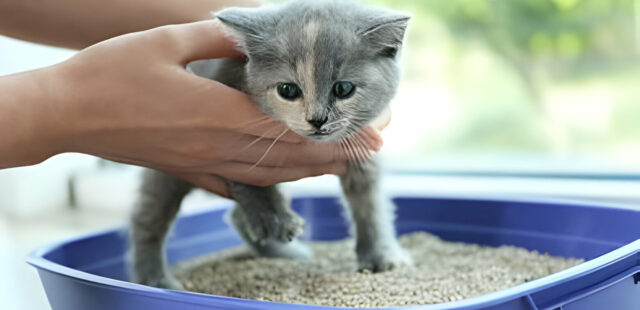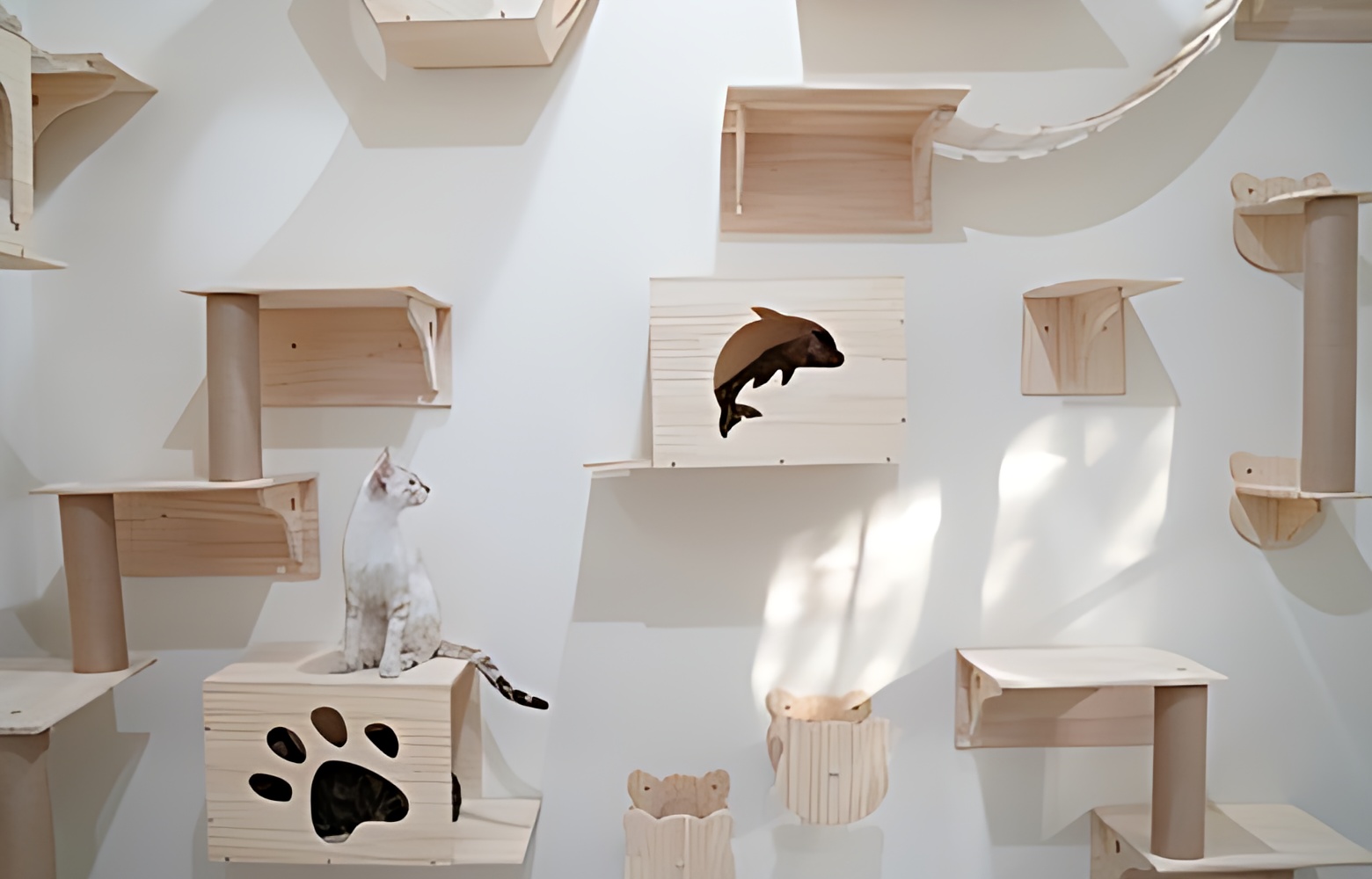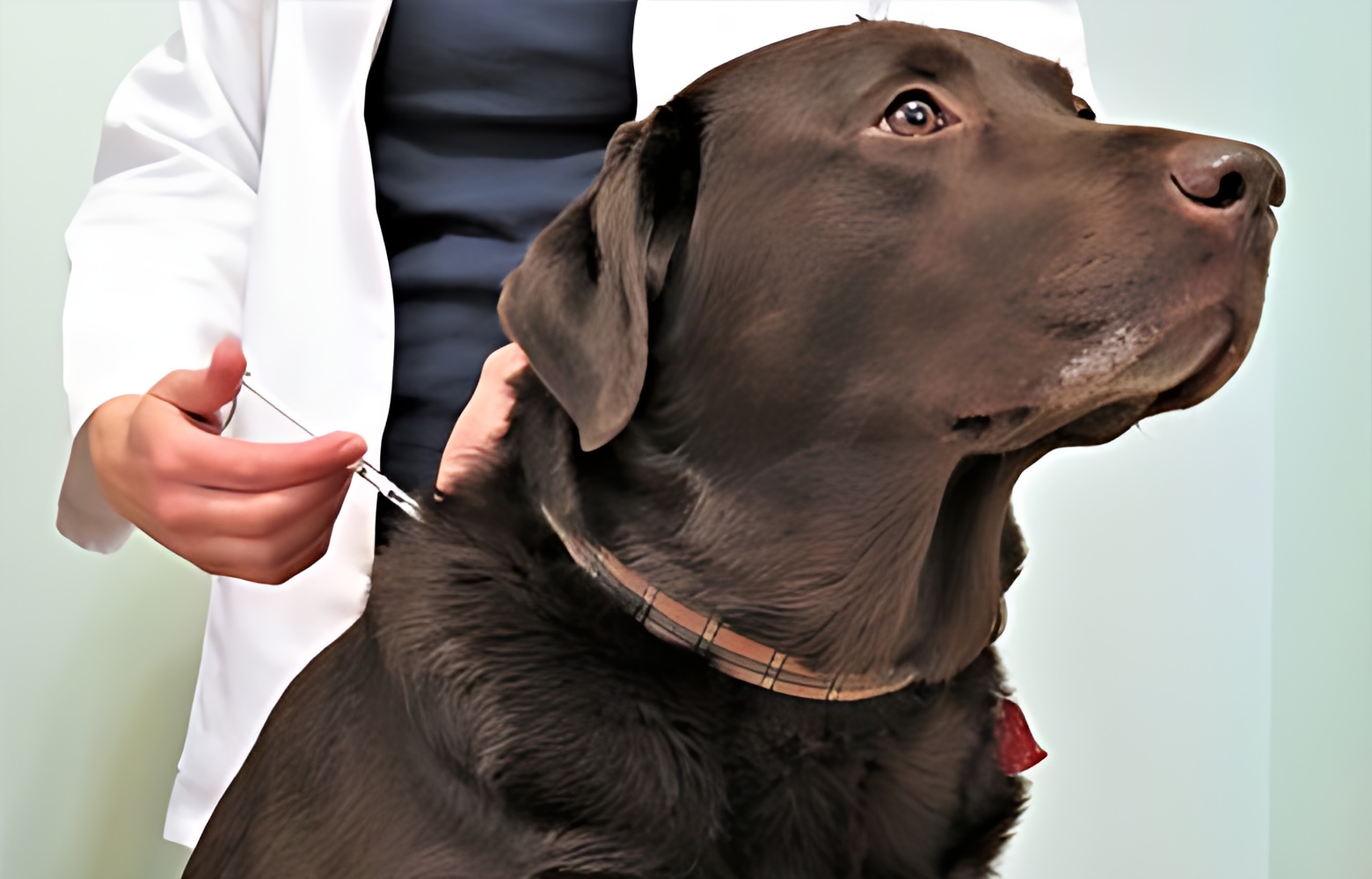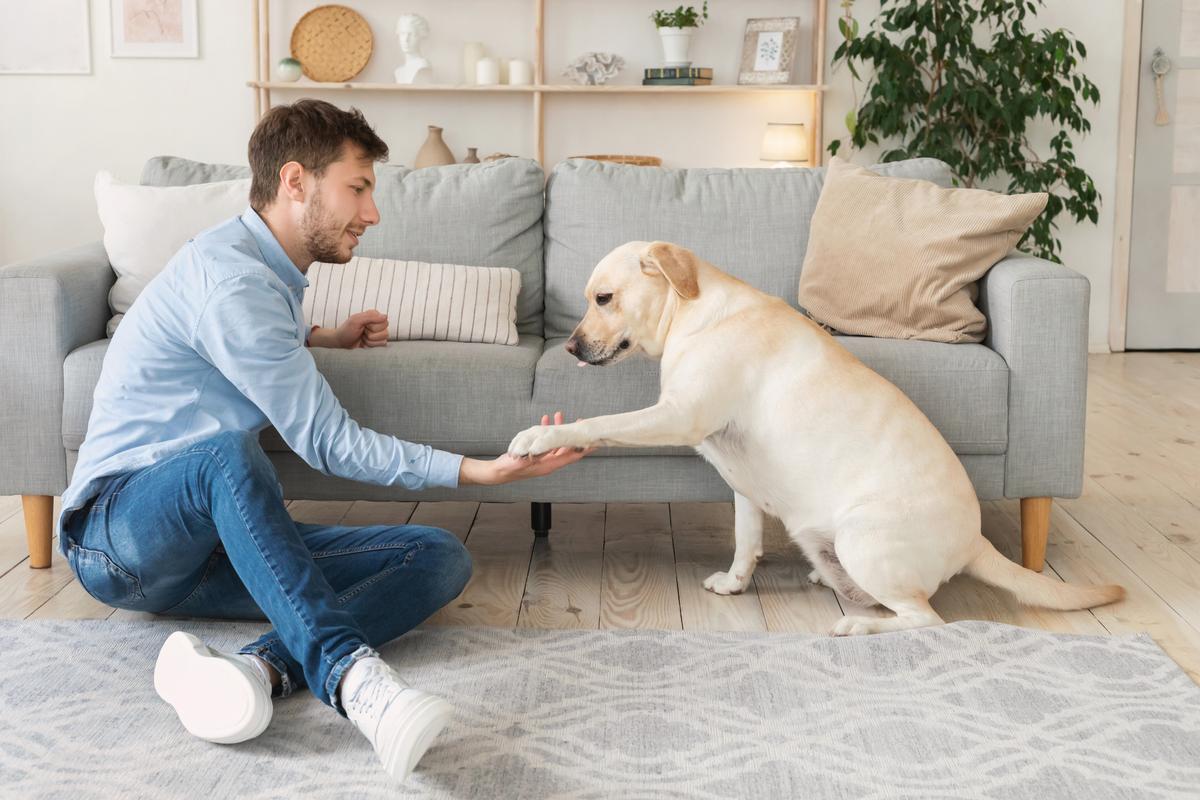Cats have long been cherished as beloved companions for their independent yet endearing nature. They are natural explorers, agile climbers, and playful creatures. However, as responsible cat owners, it’s crucial to provide them with an environment that not only meets their physical needs but also enriches their mental well-being. Enter the innovative concept of cat walls. These vertical playgrounds are increasingly gaining popularity among cat owners worldwide. In this comprehensive blog, pet barn will delve into the numerous advantages of cat walls, exploring why they are an excellent addition to your cat’s living space.
Understanding the Feline Nature
Before we dive into the benefits of cat walls, it’s important to understand the unique nature of cats. Cats are known for their curious and inquisitive behavior. They have an instinctual desire to climb, explore, and perch themselves in high places, mimicking their ancestral habits. Cats are also territorial animals and providing them with the opportunity to establish territory within your home can significantly enhance their sense of security and well-being.
1. Exercise and Physical Activity
Cats are renowned for their agility and physical prowess. Keeping them active and engaged is essential for maintaining their health and preventing obesity-related issues. Cat walls offer an ideal solution for promoting physical activity.
With various shelves, perches, and climbing opportunities, these walls encourage your cat to leap, jump, and scale heights. Climbing up and down the wall not only helps them burn calories but also enhances their muscle tone and flexibility. Regular physical activity on a cat wall can go a long way in keeping your feline friend fit and agile.
2. Mental Stimulation
A cat’s mind is just as active as its body. Mental stimulation is crucial for preventing boredom-related behaviors and ensuring a happy, well-adjusted cat. Cat walls provide a plethora of engaging elements that captivate your cat’s attention and curiosity.
From hidden nooks to dangling toys, and even different textures to explore, cat walls offer a smorgasbord of mental stimuli. These intriguing features can keep your cat engaged for hours, preventing boredom and reducing stress. A mentally stimulated cat is more likely to be content and less prone to destructive or anxious behaviors.
3. Territory Expansion
Cats have an inherent need to establish territory. Cat walls can help them expand their territory vertically, creating a multi-dimensional environment where they can establish different vantage points and explore their surroundings from new angles. This expanded territory can boost your cat’s confidence and reduce territorial aggression, especially in multi-cat households.
A cat wall allows multiple cats to coexist comfortably, as each can find their own spot to perch or retreat to. This can lead to a more harmonious and peaceful living environment for both you and your feline companions.
4. Stress Reduction
Stress is a common issue for many cats, whether it’s due to changes in their environment, the introduction of new pets, or loud noises. Cat walls provide a safe retreat where your cat can escape from stressors on the ground. High perches and secluded nooks offer a sense of security, helping cats relax and feel more at ease in their home.
When your cat feels stressed or overwhelmed, they can retreat to their favorite spot on the cat wall, away from potential sources of anxiety. This sanctuary can be a lifesaver during thunderstorms, noisy renovations, or when you have guests over.
5. Entertainment and Enrichment
A cat wall can serve as an entertainment hub for your pet. You can customize it with interactive toys, treat puzzles, or even install bird feeders outside the window to create a constantly stimulating environment. Cats love to watch birds, and having access to such natural entertainment can alleviate boredom and prevent destructive behavior caused by pent-up energy.
Enriching your cat’s environment with a cat wall not only provides them with physical and mental stimulation but also offers an opportunity for you to bond with your furry friend through play and interaction. This shared experience can strengthen the bond between you and your cat, promoting trust and affection.
6. Exercise and Physical Activity
In smaller living spaces, cat walls are a practical solution to maximize your home’s use of space. They take advantage of vertical areas that would otherwise go unused, freeing up valuable floor space and reducing clutter. This is especially beneficial in apartments or homes with limited square footage.
By incorporating cat walls into your home, you’re not only enhancing your cat’s living space but also optimizing your own. The vertical playground becomes a functional and aesthetically pleasing addition to your decor, making the most of every inch of your living area.
7. Exercise and Physical Activity
Cats are known for their independent nature, and cat walls cater to this aspect of their personality. These vertical spaces offer a sense of freedom and autonomy, allowing cats to explore and navigate their environment on their terms.
When your cat can roam freely along their cat wall, they gain a sense of control over their surroundings. This can lead to a more confident and self-assured cat, which is particularly beneficial for shy or timid felines.
8. Exercise and Physical Activity
For indoor cats, cat walls provide a valuable opportunity to experience the sights and sounds of the outside world safely. You can position the cat wall near a window, allowing your cat to watch birds, squirrels, and passing cars. This visual stimulation can alleviate boredom and prevent the restlessness that indoor cats often experience.
Moreover, cat walls can serve as a substitute for outdoor exploration. They allow your indoor cat to climb and explore, much like they would in an outdoor environment, while remaining protected from potential dangers such as traffic, predators, or disease.
Cat walls are more than just a trendy addition to your home; they offer tangible benefits for your feline companion’s physical and mental well-being. From providing exercise and mental stimulation to reducing stress and expanding your cat’s territory, these vertical playgrounds enrich your pet’s quality of life.
So, if you’re looking for a way to enhance your cat’s environment and create a happier, healthier home for both you and your furry friend, consider installing a cat wall. Your cat will thank you with purrs and playful antics, and you’ll enjoy a deeper connection with your beloved pet. In the world of feline enrichment, cat walls are a win-win solution that can transform your cat’s life and bring joy to your home.













